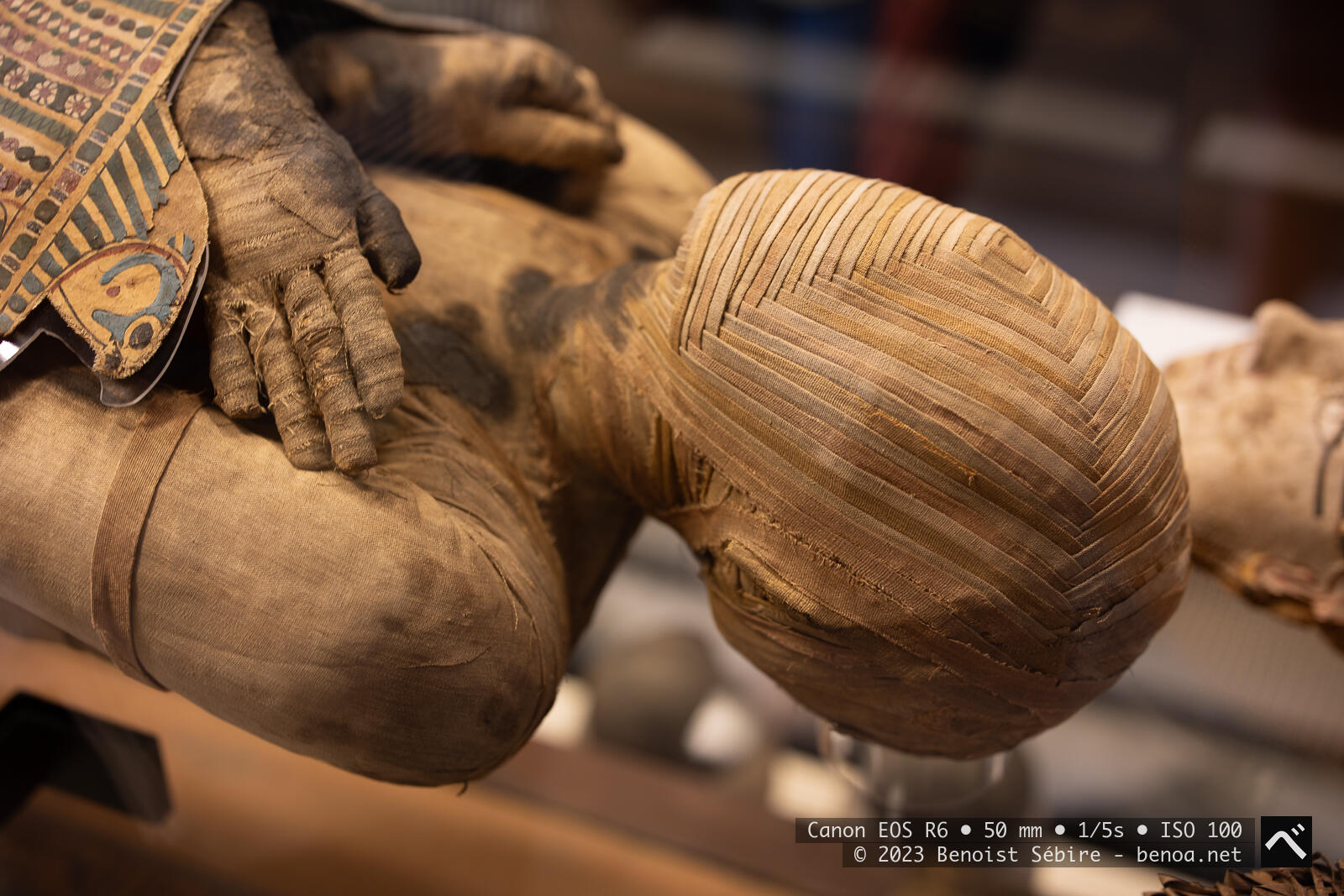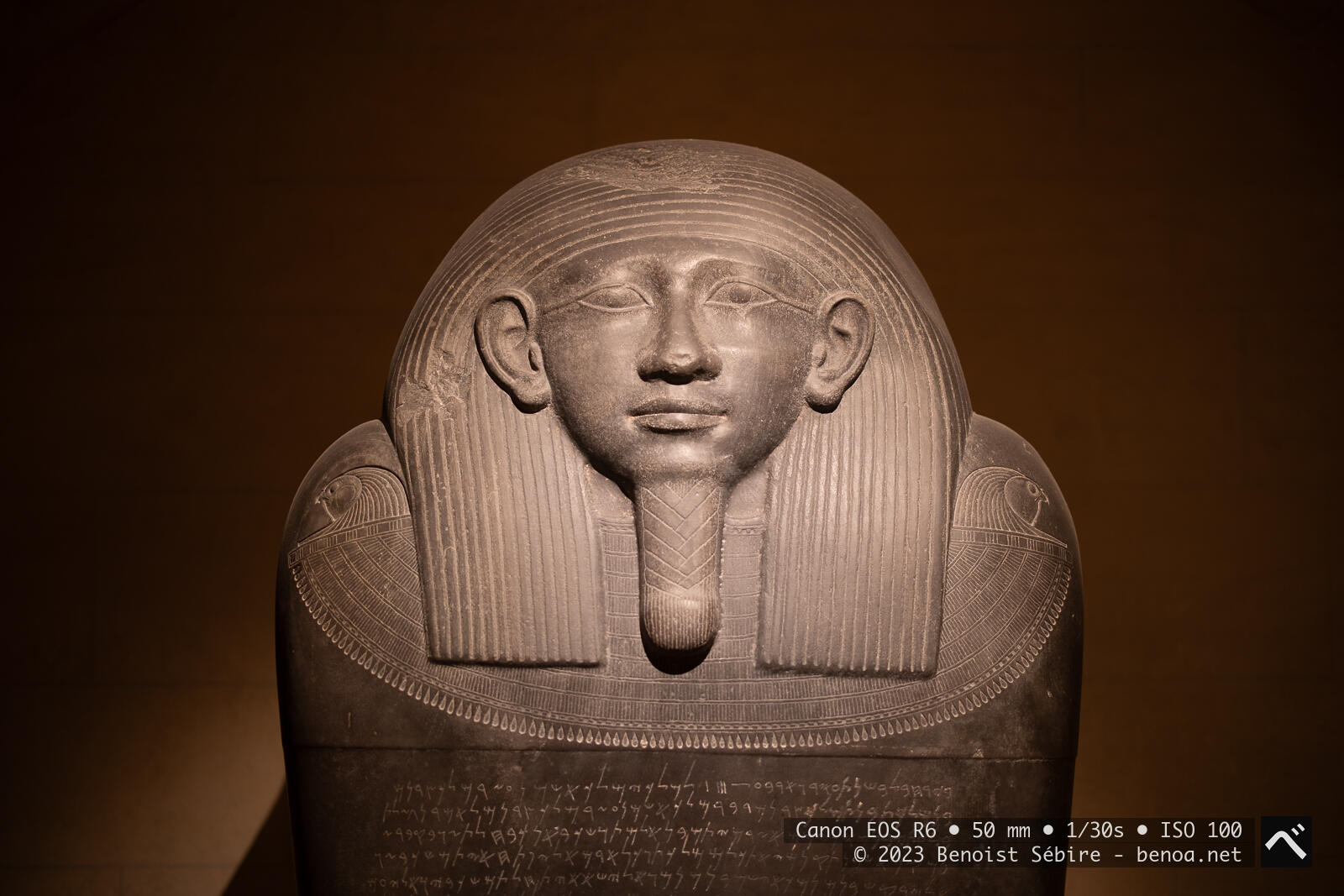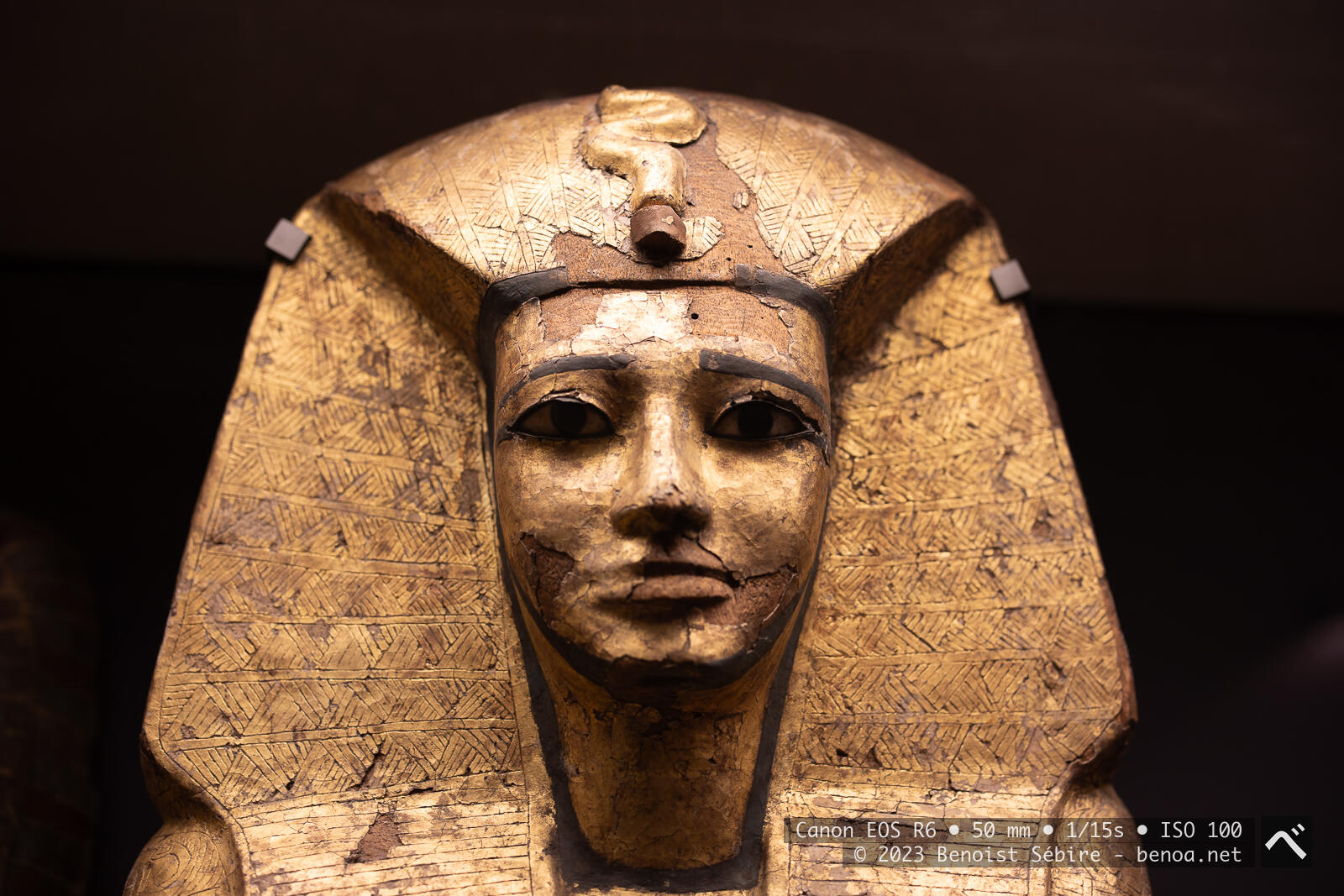Egyptian Collection

Napoleon Bonaparte and the Louvre share an intriguing connection, particularly through the Egyptian collection. His Egyptian campaign (1798–1801) wasn’t just a military endeavour; it was also a scientific and cultural mission. Napoleon brought along a team of scholars, engineers, and artists, known as the savants, to study and document Egypt’s history and culture. This mission laid the foundation for modern Egyptology and inspired Europe’s fascination with ancient Egypt.
During the campaign, Napoleon’s forces collected numerous artefacts, many of which made their way to France. While some treasures, like the Rosetta Stone, ended up in British hands due to the Treaty of Alexandria, the remaining pieces enriched France’s cultural heritage. One of Napoleon’s lasting contributions was commissioning the Description de l’Égypte, a monumental work documenting Egypt’s history, geography, and culture. This publication not only captivated Europe but also influenced the Louvre’s growing focus on Egyptian antiquities.
Napoleon also played a key role in transforming the Louvre itself. He rebranded it as the Musée Napoléon, filling it with treasures acquired during his conquests and establishing it as a central hub for global artefacts. Although the museum later reverted to its original name, Napoleon’s legacy remains evident, particularly in its rich Egyptian department. Today, as you wander through the Louvre’s Egyptian collection, you can trace his ambition and vision in every artefact, making it an essential part of his enduring cultural impact.

